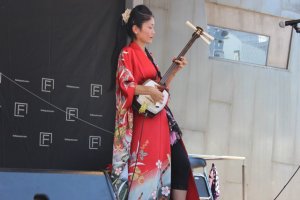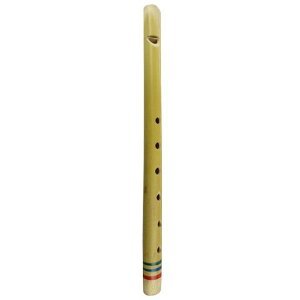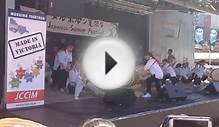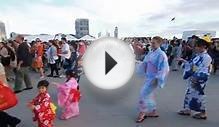
 The dedicated committee of the Japanese Summer Festival is committed to providing a unique, diverse and authentic array of Japanese performances to suit all tastes. In previous years this has included the hugely popular Taiko drumming and performances by musical groups from within the local community.
The dedicated committee of the Japanese Summer Festival is committed to providing a unique, diverse and authentic array of Japanese performances to suit all tastes. In previous years this has included the hugely popular Taiko drumming and performances by musical groups from within the local community.
All of the performances at the Japanese Summer Festival contribute to the sharing of Japanese and Australian culture in Melbourne and generate a fun and high-quality experience for all attendees!
The performers for the 2017 Melbourne Japanese Summer festival will be announced in November, 2016!
Shamisen or Samisen(三味線)
Shamisen translates to “three strings”. As the name indicates, it is a three-stringed, traditional Japanese musical instrument. Unlike a modern guitar, the body of the Shamisen is distinctively smaller and the machine heads for tuning are bigger. The plegtrum called ‘bachi’ is also larger in size compared to the ones used for guitars.
Kumi-daiko (組太鼓)
The Japanese word “Taiko” can be translated into English as “drum”, but is usually referred to as large and wide drum in Japan. Taiko drumming can be described as an art form and it has been a very popular attraction at the Melbourne Japanese Summer Festival. A taiko drumming performance can last between 5 – 25 minutes and is characterised by its increasing speed. Therefore, the end of the performance, the finale, can be seen as the highlight.
 Like other performances at the Japanese Summer Festival the taiko drummer wears a traditional Japanese coat. This will either be a “happi coat” or a colourful “hanten”. Taiko drumming is traditionally used for Japanese Folk and classical music.
Like other performances at the Japanese Summer Festival the taiko drummer wears a traditional Japanese coat. This will either be a “happi coat” or a colourful “hanten”. Taiko drumming is traditionally used for Japanese Folk and classical music.
Bon Odori (盆踊り)
Bon Odori can simply be translated as “Bon Dance”. Varying from region to region, the traditional dance is often performed at the Buddhist Obon festival. Not only can the Bon Odori differ in the dance itself, but also in the music which is played during the performance.
The Japanese believe that the dance welcomes departed spirits and ancestors, and therefore has a strong spiritual meaning.
In the most common form of Bon Odori dance, a group of people form a circle around a high wooden scaffold called ‘yagura’. The dance then proceeds typically clockwise or anti-clockwise. In some cases, the direction of the dance changes during the performance.
Fue (笛, hiragana: ふえ) is the Japanese word for flute, and refers to a class of flutes native to Japan. Fue come in many varieties, but are generally high-pitched and made of a bamboo called shinobue. The most popular of the fue is the shakuhachi.
YOU MIGHT ALSO LIKE












